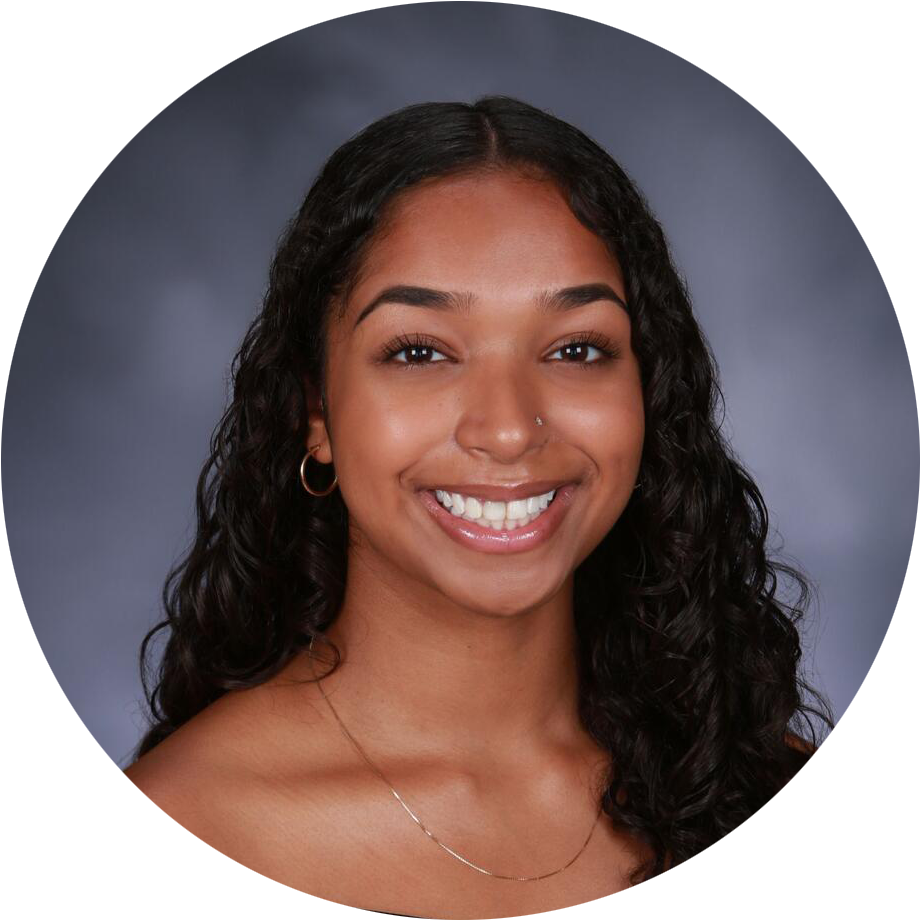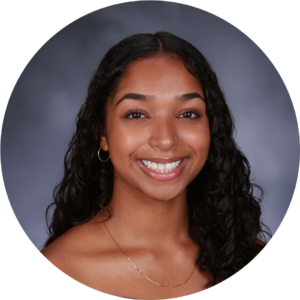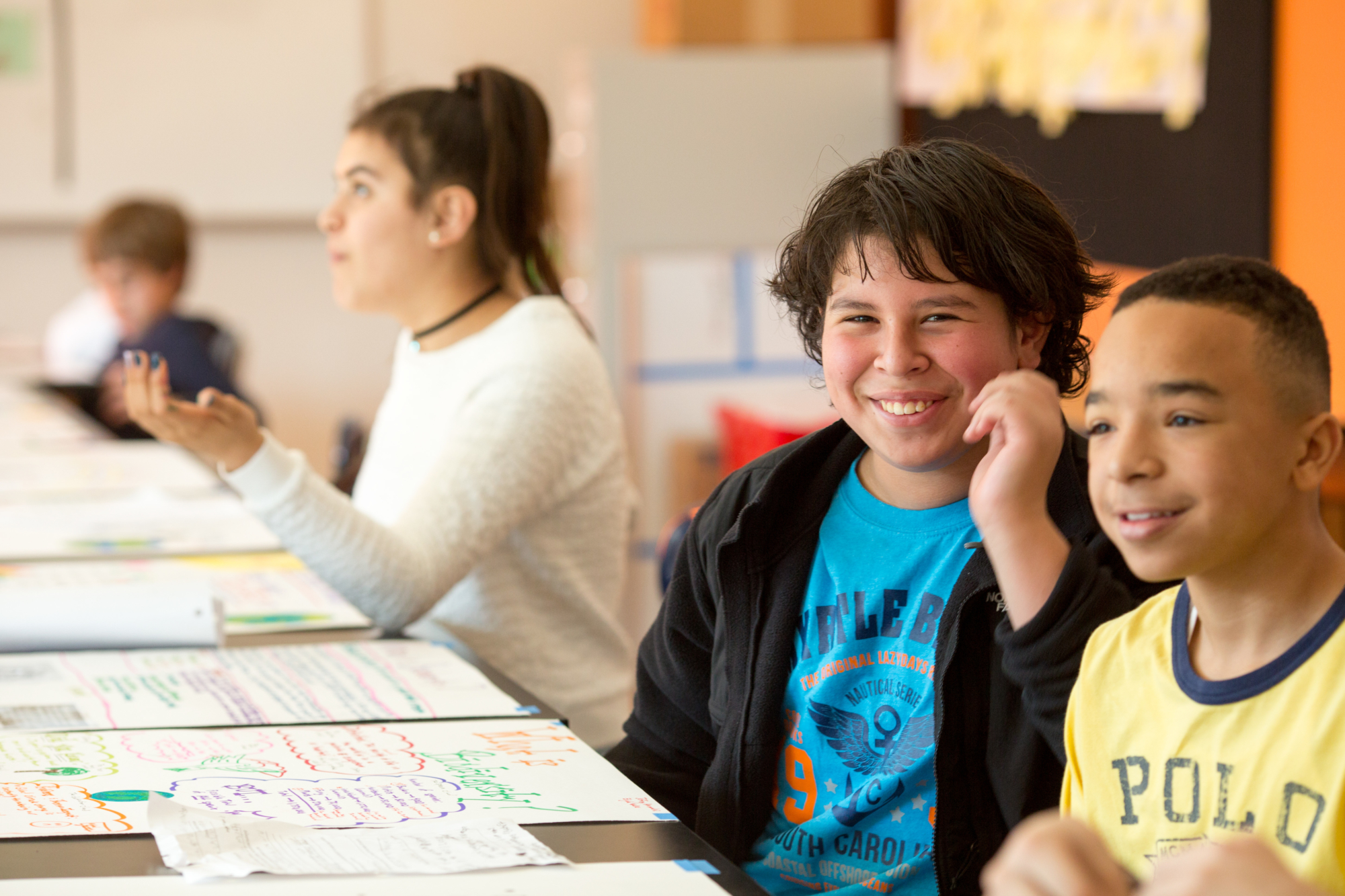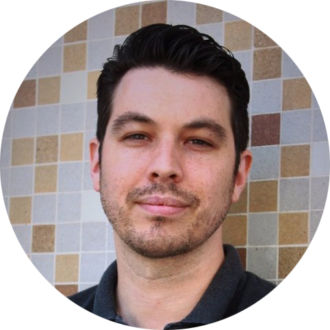Note: This article was featured in the January 2022 edition of the CCEE Connection. Read it here!
“The shape of leadership that yields the most productive results when we are facing a complex issue is ‘systemic leadership.’ It is very different from hierarchy or from bringing in consultants who purport to “solve” the issue. This set of leadership practices and approaches is built out of three disciplines: chaos and complexity theory; living systems theory; and the theory/practice of tapping the experiential learning of all those involved in the system or organization (collective intelligence).”
– Excerpt from WindTunneling
Our worldviews are getting disrupted. This is normal of course, as worldviews historically shift over time. Still, disruption is never easy. What I appreciate about the quote above is that it is a succinct summary of years of unearthing I have been doing as a Coordinator of Continuous Improvement at Butte County Office of Education to make sense of the shifts that are happening in education and beyond, surrounding change and improvement efforts.
In rural counties particularly, we wear many hats. One benefit of these multiple hats is that they allow us to make connections among the many initiatives our educational systems are implementing. What’s being revealed currently is a deep synchronicity between social-emotional learning and systems thinking that is able to support an ushering in of a different approach to leadership and change. I will speak to some of those connections below.
An impetus to our shifting worldviews is that we are living in a world of increasing complexity and uncertainty. We have been particularly affected by adversity in Butte County, and not unironically, I have found comfort in learning that there are frameworks for supporting us within that space — a sort of certainty about uncertainty. An internationally lauded sense making framework, Cynefin, is one of them that has been emerging in leadership, equity, improvement, and restorative practice circles these past couple of years and that feels critically important to understand. We are currently exploring a partnership with Sonoma County Office of Education and consultants, Cultivating Leadership, to enhance our “Complexity Fitness” and gain competence with Cynefin.
Along with Cynefin, at a recent presentation regarding Butte’s social-emotional learning (SEL) and mental wellness efforts, I shared a simplified version of a tool, the Two Loops of Systems Change, derived from the Living Systems Theory. I categorized our SEL efforts by how we are stewarding and hospicing (holding and supporting our systems and the people within it) and how we are innovating (pioneering new approaches and connecting via networks and communities of practice). This tool, the Two Loops, and the way we can utilize it to think differently, build awareness, and engage, is a part of new leadership approaches that are emerging. One place we are practicing these as Butte COE, in conjunction with some of our COE and state partners is through the S.L.O.W. Collaborative.
The “how” of many of these emerging leadership practices are being supported from awareness-based or participatory leadership methodologies such as Compassionate Systems and the Art of Hosting. So, what exactly is participatory leadership? This term was new to me a couple of years ago. The Art of Participatory Leadership (AoPL) is deeply rooted in the practice of inquiry.
“We know that there are answers to be had, but even more important are the questions we ask to arrive at those answers. AoPL does not engage in a predesigned set of exercises around current or historical realities, but rather asks questions to help us create a new future together” (Art of Participatory Leadership Workbook).
Participatory Leadership allows us to see ourselves, others, and systems more clearly, while simultaneously fostering both the conditions for learning and the SEL competencies that we desire. Outcomes of participatory practices can include:
- Tapping into diverse perspectives
- Cultivating leaderful communities and collaboratives
- Creating cultures of equity and inclusion
- Inspiring deeper levels of trust across partners
- Hosting conversations for meaningful action
- Exploring mindsets and norms that are keeping harmful/ineffective systems in place
- Providing participants with the experience and resources to replicate the practices and tools learned
If this sounds like it is deeply aligned with SEL, equity, systems thinking, and improvement work, it’s because it is. Awareness-based systems methodologies versus traditional, hierarchical, linear, mechanistic interventions are the “how” to complexity or a living system’s “what”. When our worldviews shift, our approaches need to as well.
So let’s talk about the word Transformative and how this connects to systems thinking, complexity, and SEL. I hear the term Transformative a lot and while I understand the desire for something to be “transformative” or leaders to be “transformative”, it has been less clear to me what folks actually mean by that as well as what they are doing that will make something be transformative. So here’s my understanding of it: Transformative change happens when we change ourselves. The current world view shifts are helping us realize we are not standing outside the system and intervening as in a mechanistic model, we are inside it — part of the system; interconnected — as described in complex adaptive or living systems models. Thus, changing ourselves, because of the rich interconnection – changes the system.
“Once we can see that we are not this enduring, consistent, perfect self that we’ve constructed ourselves to be—that we see all the ways in which we don’t show up aligned with our intentions or who we want to be in the world—we start to have compassion for other people and their challenges in doing so. Once we see our complexity, we can see others’ complexity.”
– Valerie Livesay
When we hear the term Adult SEL, one of four core focus areas as part of CASEL’s Systemic SEL implementation, many educators have some resistance to prioritizing this. I often hear administrators and teachers brush past this aspect of Systemic SEL and say, “I just want practices to help my students”. Practices to help our students are important, of course, but if we are going to swim “upstream” and change systems in “transformative” ways, we need to look at ourselves. It is evident adults in our society are struggling to cope in healthy ways, to view perspectives outside of their own with equanimity, and to collaborate across boundaries in order to develop solutions to complex challenges. It’s evident adults in our society need to strengthen their SEL competencies. Still, It’s easier, and natural, to think it is them that needs to change, not me or us. And yet we do. We do need time to practice alone and together to see what it is we habitually don’t see – about ourselves, others, our systems. This is why “adult SEL” is vital to all change efforts, regardless of the form of inequity or improvement needed.
We have the ability and power within ourselves to transform our systems through self transformation. According to NHS Horizons, self transformation includes:
- Openness to new ideas and perspectives – even those that actively challenge their own
- Ease with complexity, ambiguity and change
- A resistance to simple answers in complex situations
- Comfort with chaos and paradox
The realms of learning about these self-transformative capacities currently fall, I believe, within the realms of social-emotional learning and systems thinking. Systems thinking, to give us the ability to understand and work in complexity, and adult SEL, to give us the tolerance, competence, and capacity to be able to do so. We need to expand our vertical literacy. To close, I’ll share an excerpt from Joanna Macy’s rendition of the prophecy of the Shambhala Warriors that illuminates the importance of SEL and systems thinking: This prophecy discusses great warriors fighting for good during a critical “turning” who have training in the use of two weapons, both in the mind — ”one is compassion and the other is insight into the radical interdependence of all phenomena.”

AUTHOR
Sandra Azevedo,
Coordinator of Continuous Improvement,
Butte County Office of Education








